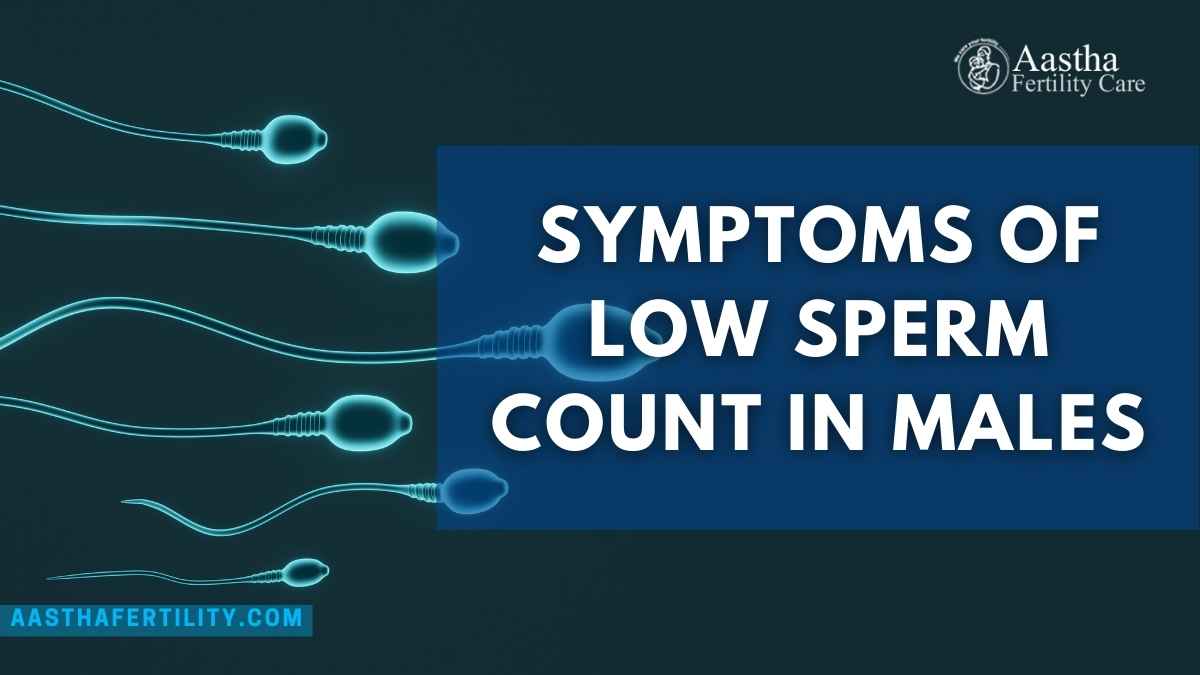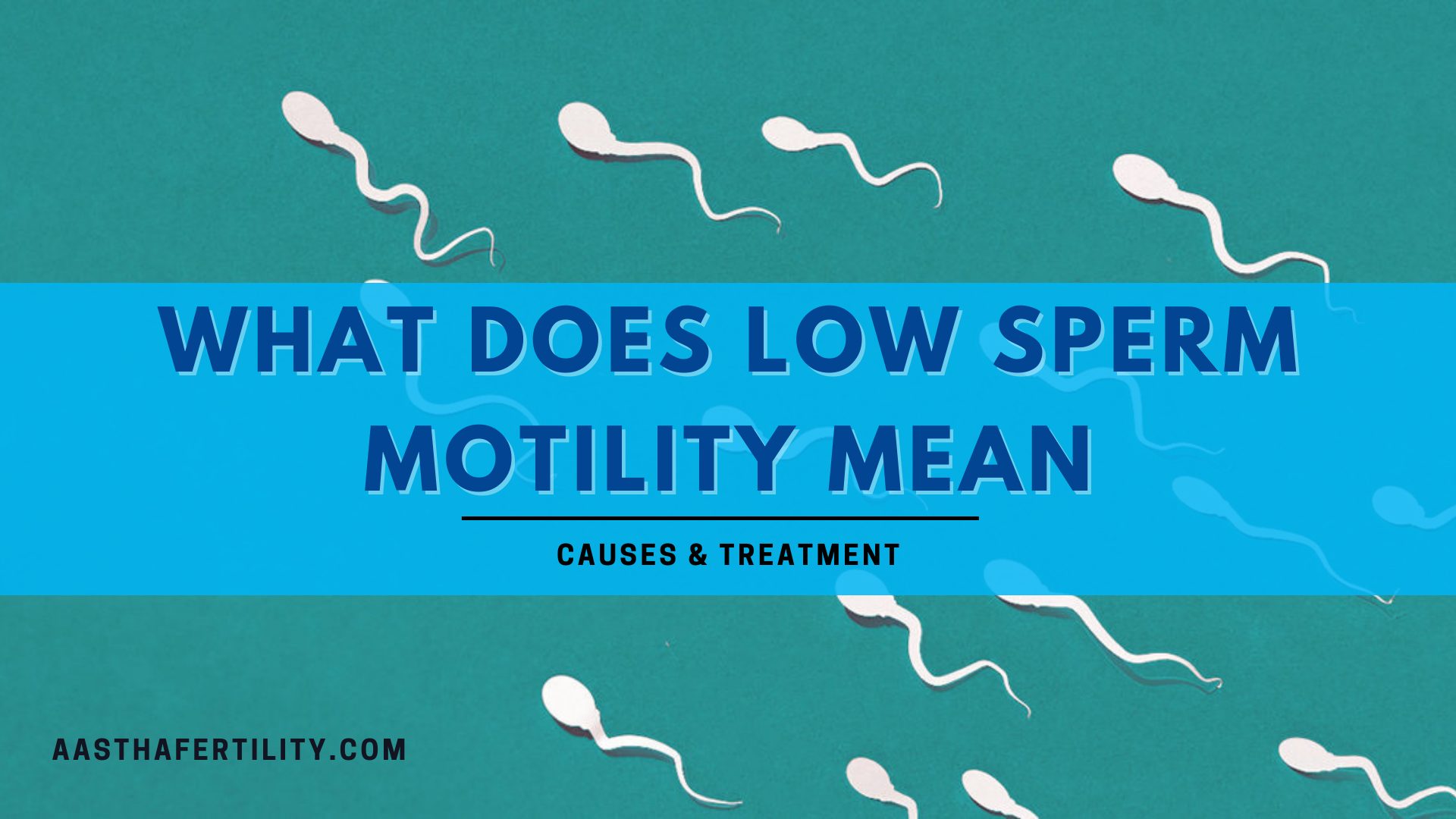Table of Contents
ToggleVasectomy is a surgical process done when a man does not want to get his partner pregnant via sexual intercourse. It is permanent contraception. During the process, the male vasa deferentia are cut and tied to prevent sperm from entering the urethra, thus preventing the fertilization of a female through sexual intercourse. Due to any reason a man wants to get this procedure reversed, he has to go through vasoepididymostomy. Vasoepididymostomy makes it easy for a man to decide to get a vasectomy done because when they know it is reversible and is not stuck with it for life, it gives them a sigh of relief they change their mind. This blog will help you understand vasoepididymostomy more clearly to make the right decision for vasectomy.
Vasoepididymostomy- The Vasectomy Reversal Procedure
When a vasectomy reversal is undertaken, there are two surgical approaches. In the more common method, the surgeon may need to perform some microsurgery to sew the vas together and remove scar tissue (which has formed where the vas was closed). This is called a vasoepididymostomy. With this approach, the surgeon has to open the outer covering of the testis and sew the ends of both ends of the vas back together.
When it comes to vasectomy reversal, there are many cases in which doctors find other sperm pathways that are obstructed at the time of the reversal. They will need to bypass these pathways to restore fertility. One such blockage spot can be in the epididymis, the coiled tube that lies against the testicle where sperm cells mature. Finding this blockage is more likely when a vasectomy is performed many years previously. Even after vasectomy, sperm production happens, but because they block the vas deferens, the body absorbs the sperm. Over time, the production of sperms increases more than the body can absorb, raising pressure inside the epididymis and vas deferens. This pressure can cause a rupture that one can only witness at the time of surgery. In such cases, doctors can do surgery to bypass the blocked epididymis. This type of surgery is called a vasoepididymostomy, and it can be not easy, but when it is performed, it increases the likelihood of a successful outcome.
Vasoepididymostomy is a more specialized surgery than vasovasostomy. Doctors prefer vasoepididymostomy when there is a blockage in the epididymis and other cases where a vasovasostomy would not be successful. Until the surgery begins and the surgeon has the chance to examine the quality of your vassal fluid, there is no way to identify which of the two procedures a man will undergo.
At the same time, when a female goes through the same surgery, she can opt for fertility preservation before going through the surgery. There are many other reasons to go for fertility preservation, like cancer patients, career-oriented females who want to get pregnant after a certain age.
Why is a Vasoepididymostomy Performed?
Men who have gone through vasectomy may wish to reverse the procedure for several reasons. Some men remarry after a divorce or the loss of a wife and now want to start a new family. Others may wish to have children after deciding not to have a family or want more children. Some men simply choose to revive their fertility. A small percentage of men face pain in the testicle after a vasectomy, which may be relieved by a reversal. Vasoepididymostomy can almost reverse all vasectomies.
What are the Benefits of Vasoepididymostomy (VE) Over IVF-ICSI?
The benefits of the vasoepididymostomy for treatment of epididymal obstruction are:
- Patients can get their partner pregnant through natural intercourse.
- In vitro fertilization (IVF) with ICSI is a very intense procedure for the female partner and is very expensive. Also, conception via sex does not pose ethical issues, and it reduces the risk of multiple births significantly.
- If a highly skilled surgeon conducts the microsurgical procedure, then the results are more reasonable than IVF.
- The actual overall cost of a baby is lower for vasoepididymostomy than with IVF or IUI Treatment .
- Usually, insurance policies cover the expense for the correction of an epididymal obstruction but not for IVF/ICSI.
- Sperm can be collected during the vasoepididymostomy and frozen for future IVF/ICSI attempts if the microsurgical procedure fails or a person has low sperm count.
- If a couple is facing recurrent IVF failures.
If a person wants to increase sperm count in order to conceive through natural means, here are the 5 best food items to increase sperm count suggested by infertility Experts.
The Time Frame For The Operation Of A Vasectomy Reversal?
A vasovasostomy can take up to four hours to perform. Doctors do this procedure on an outpatient basis. They do this procedure under anaesthetic. Anaesthetics could be either general, regional, or local, which is up to the patient and his surgeon.
How To Prepare Yourself For Vasoepididymostomy Surgery?
Vasoepididymostomy is one of the most complicated sexual surgeries that can be performed for men who want to conceive children. However, if you are planning on undergoing this procedure, there are a few things that you must do before you even consider going under the knife.
- Although it’s normal to feel anxious before any surgery, in this case, you must keep your nerves in check and remain optimistic. Keep in mind that the success of this surgery depends more on your mental state and your preparation than anything else.
- The best advice from doctors is that the patient should stop smoking at least six weeks before the surgery date and for a minimum of a month after the procedure. Also, avoid alcohol for 10 days before the operation, and do not take any drugs containing aspirin for 48 hours before your operation.
- A shower before surgery is a good idea since it helps remove excess oils that have built up on the skin, making it easier to shave the areas operated on. Shaving immediately before surgery can cause nicks and cuts, so try doing it a day before your surgery.
Risks and Precautions During the Recovery Period Following a Vasectomy Reversal?
There are not many risks involved in vasoepididymostomy surgery. However, in rare cases, it is possible that after the procedure, you could experience:
- chronic pain
- infection, which is a peril with almost any surgery
- The patient might experience bleeding in the scrotum, leading to blood pooling and causing the area to swell. He can sidestep it properly by heeding your healthcare provider’s post-surgery care instructions.
- strictures and blockage (the vas may become obstructed or structured)
It is essential for the patient to immediately report any of these effects, such as chronic pain and bleeding, to his healthcare provider.
There are a few precautions that a man should follow after the surgery.
- For one week, no heavy lifting or strenuous activity like running, jumping, etc.
- The patient will abstain from sexual intercourse or ejaculation for three weeks.
- For at least the first week, the patient wears an athletic supporter.
What To Expect From A Vasectomy Reversal?
Vasectomy reversals are typically more successful than they are executed after a vasectomy. The success of the surgery generally decreases with time. The chances of getting a partner pregnant are more after a vasectomy reversal than with nonsurgical techniques such as intracytoplasmic sperm injection. After getting vasovasostomies via microsurgery, the success rate of sperm returning is about 85%, and if the patient had vasectomy less than ten years ago, sperm returning is about 90%. The success rate resulting in pregnancy varies from 30% to 70%. The success rate for vasectomy reversal depends on many factors, including the surgeon’s experience, use of microsurgical techniques, partner age, and the location of the blockage.
Sperm will appear in the patient’s semen within a couple of months after vasovasostomy. It can take longer, up to 15 months, after vasoepididymostomy.
Frequently Asked Questions
Q1. How Effective is Vasoepididymostomy or Vasovasostomy?
When it comes to the success rates of Vasoepididymostomy or Vasovasostomy, you have an 80 to 90 per cent chance of success from the surgery.
Q2.What is the cost of Vasectomy reversal Treatment?
Generally, the cost of the vasectomy reversal procedure comes under the price range of $4395 to $7992, which comes around 3,26,928 Rs. in Indian currency.
Q3. What is the recovery time of Vasoepididymostomy treatment?
It generally takes 5 to 7 days to recover from the treatment. And during this time period, it is advised to take proper bed rest to minimize the swelling and discomfort.





Leave a comment